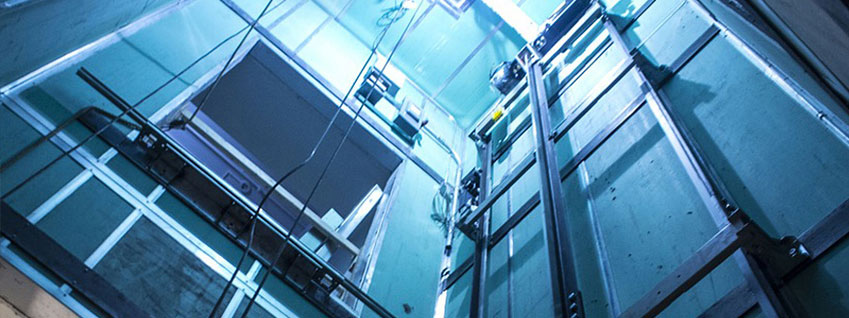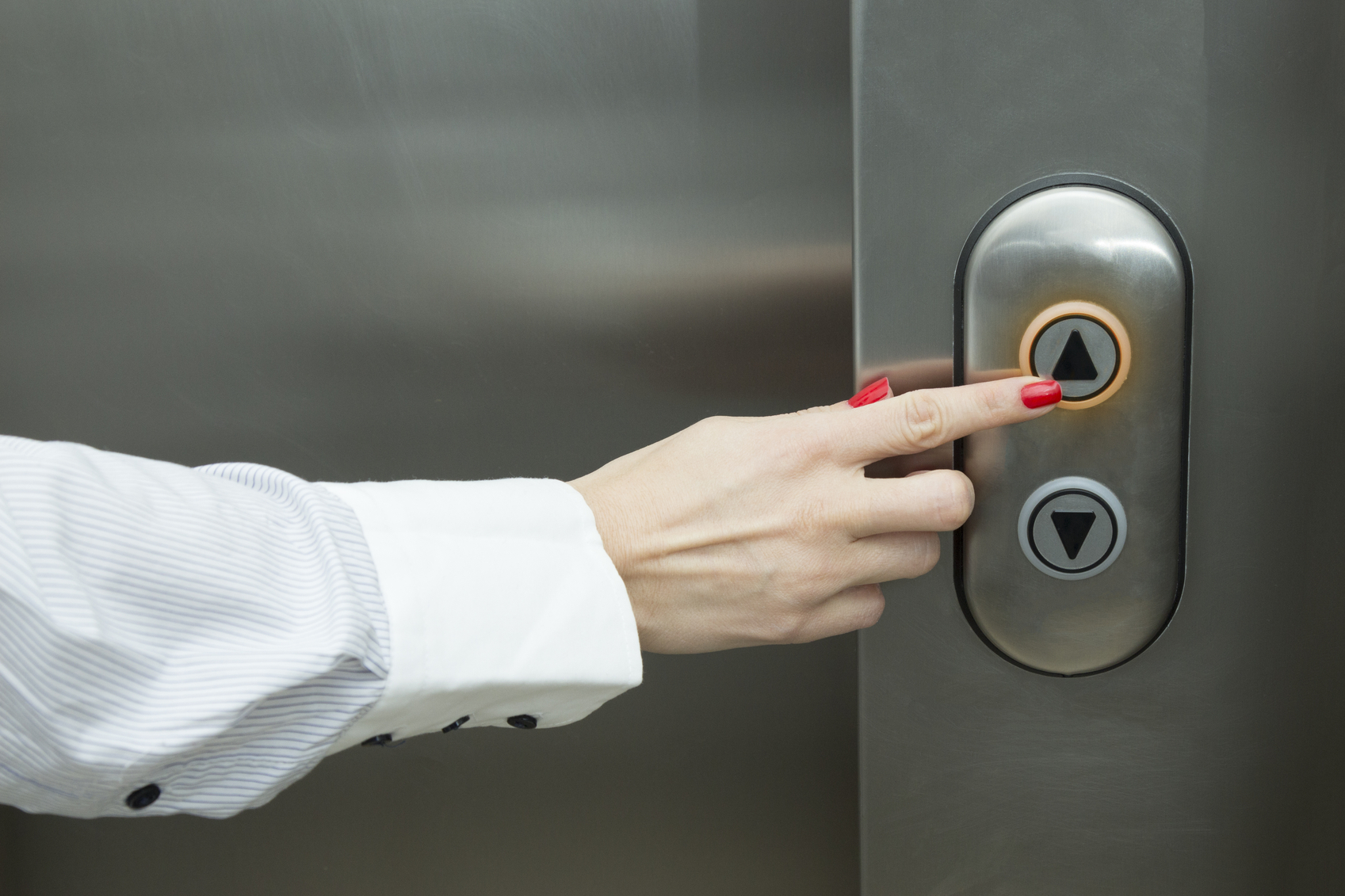We Maintain Lifts to the Highest Specifications: Reliable Solution for All Lift Kind
We Maintain Lifts to the Highest Specifications: Reliable Solution for All Lift Kind
Blog Article
Exploring the Diverse Ranges of Lift Solutions and Their Typical Malfunctions
In the world of vertical transportation, lift systems play an important role in assisting in the activity of individuals and items across different frameworks. From hydraulic to traction, pneumatic, and chairlift systems, each kind flaunts its one-of-a-kind design and operational attributes. Nonetheless, similar to any mechanical system, lift systems are prone to malfunctions that can vary from minor troubles to crucial failures. Comprehending the diverse ranges of lift systems and their common malfunctions supplies valuable insights right into guaranteeing the safety and efficiency of vertical transport.
Elevator Systems Introduction
One fundamental component of modern metropolitan infrastructure is the elevator system, critical for vertical transportation in structures of differing elevations. Lifts, likewise called lifts in some areas, are created to efficiently relocate people and products in between various floorings within a structure. These systems include different vital elements, including the elevator cars and truck, lifting weight, system, and control systems.
The lift automobile offers as the system that brings travelers or cargo, while the hoisting device, normally composed of ropes or chains, relocates the car up and down along the elevator shaft. The counterweight helps stabilize the load of the cars and truck, making the system more energy-efficient - lift maintenance contractors. Control systems, such as buttons inside the cars and truck and on each flooring, permit customers to select their wanted location and run the elevator safely
Hydraulic Lift Systems
Moving from the realm of lift systems overview to a much more customized domain name, hydraulic lift systems offer a distinct approach to upright transport within buildings. These systems are frequently discovered in low to mid-rise structures where the upright travel distance is moderate.
One typical malfunction of hydraulic lift systems is oil leakage due to worn-out seals or damaged hydraulic hose pipes. Regular maintenance and hydraulic fluid checks can aid prevent these malfunctions and make certain the smooth operation of hydraulic lift systems.

Grip Lift Solutions
Checking out the intricate mechanisms of vertical transportation, grip lift systems revolutionize the way passengers move within high-rise structures (lift maintenance contractors). These systems run based upon the principle of friction between the lift auto and the hoist ropes, permitting efficient upright activity. Grip lift systems are commonly found in modern skyscraper buildings and are understood for their smooth experiences and power efficiency
One typical type of grip system is the geared traction system, where the lift cars and truck is connected to the hoist ropes via a gear system. This configuration offers exceptional control over the activity of the lift cars and truck and appropriates for mid to skyscraper buildings. One more type is the gearless grip system, which removes the need for a gear system, making it extra optimal and compact for really high buildings.
Despite their performance, traction lift systems can experience malfunctions such as rope slippage, electric motor failings, or issues with the control system. Normal upkeep and timely repairs are vital to guarantee the safe and reputable operation of grip lift systems in skyscrapers.
Pneumatically-driven Lift Equipments
Pneumatically-driven lift london lift company systems use air stress differentials to help with vertical transport within buildings. These systems run by utilizing pressed air to relocate the lift auto within a hoistway. As the atmospheric pressure raises or decreases in the system, the elevator is either lifted or lowered appropriately. Among the essential benefits of pneumatically-driven lift systems is their energy effectiveness compared to traditional grip systems, as they do not need counterweights or comprehensive machinery.
Nevertheless, pneumatic lift systems are not without their common breakdowns. Regular upkeep and tracking of the system's air pressure levels are crucial to avoid these breakdowns and guarantee the trustworthy procedure of pneumatically-driven lift systems.

Chairlift Equipments
In the world of upright transport devices, Chairlift Solutions use a distinct option to the pneumatic lift systems talked about earlier. Chairlift Solutions are commonly utilized in ski hotels, theme park, and other entertainment locations to transfer people backwards and forwards hills or inclines. These systems are composed of a constantly relocating loop of chairs connected to a cable television that moves in a continual loophole, permitting guests to get started and get off at designated factors along the path.
Regular upkeep and assessments are vital to protect against these malfunctions and guarantee the risk-free operation of Chairlift Equipments. By addressing these common breakdowns immediately, drivers can keep the efficiency and dependability of Chairlift Equipments for the individuals who depend on them for transportation and recreation.
Verdict
In verdict, lift systems are important for upright transportation in different structures and structures. Hydraulic, grip, pneumatic, and chairlift systems are generally made use of, each with their own distinct features and potential breakdowns. It is very important for upkeep employees to be experienced about the varied varieties of lift systems and their regular malfunctions to ensure the safety and security and effectiveness of these systems.
As with any kind of mechanical system, lift systems are at risk to malfunctions that can vary from minor inconveniences to critical failures.Relocating from the realm of elevator systems overview to a much more specific domain, hydraulic lift systems offer a distinct strategy to upright transportation within buildings.One typical kind of traction system is the tailored traction system, where the lift auto is attached to the hoist ropes through an equipment system. Normal maintenance and monitoring of the system's air pressure degrees are essential to stop these malfunctions and make sure the trusted operation of pneumatically-driven lift systems.
It is crucial for maintenance employees to be educated concerning the varied ranges of lift systems and their common malfunctions to guarantee the safety and security and effectiveness of these systems.
Report this page